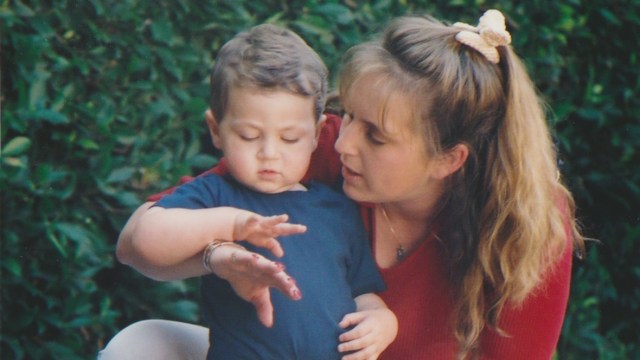For families with babies and toddlers, tantrums can be tough, loud, embarrassing and explosive. They are often like walking unexpectedly onto a human landmine. But let’s remove the guilt right away—tantrums come with the parenting territory. These ideas can help you navigate tantrums to create a more calm and communicative home.
Why You Should Create a Tantrum Preparedness Kit
There are earthquake kits, fire evacuation plans, hurricane and tornado watches, high tide and rip tide warnings, etc. To prepare for the unexpected, parents can create their own tantrum kit to have all the essentials on-hand to diffuse and calm escalating emotions. What you need in a tantrum preparedness kit:
- Light Snacks
- Water
- Books
- Stuffed Animal
- The ‘Blanket’
- Hugs
- Comfort Words
- A “Quiet Zone” plan (which can be back into the car seat or stroller if you are out)
- A nonverbal communication by a ” look” or a planned “signal” (begin mastering this very early on)
- PATIENCE
When a Meltdowns Occurs
Have the tantrum preparedness kit available and on-hand during outings, as that is when meltdowns most often occur. Try to anticipate the tantrum before it happens to attempt to avoid it. At times it’s clear when children are beginning to escalate, and how parents respond in the moment to handle the beginning of a breakdown can drive it in one direction to calm and settle them, or in the other to become explosive and reactive:
1. Get down to their level. Get face-to-face and establish eye contact. Some children might need physical contact, but are not able to ask for it. Gently rub their shoulders, ask them if they want a hug, take their hand and gently rub it, pat their back. Giving them comfort and support as they begin to breakdown can help to lessen the chances that it will intensify.
2. Help them breathe slowly to calm their body and their mind. Breathe with them and get in sync with breaths to calm down together. Take a breath in slowly through the nose and then out through the mouth to teach children how to breath for calmness.
3. Give more choices to your child throughout the day to have them feel a sense of independence and control. The key is giving them choices where you are happy with either choice. For example, instead of just giving them snack, give them a choice of pretzels or goldfish, red shirt or blue shirt; when it is time to read, allow children to choose the book, and if all of them are too many to choose from, offer three choices to narrow it down; perhaps allow them to choose the afternoon activity such as the park or the library
4. Be prepared before its time to leave for an activity. Children hate to wait and have little patience. Getting everything parents need and everything their children need together first will help to avoid what could become a tantrum.
5. Do not try to talk over a child who is having a tantrum because they can’t hear you anyway. All the effort parents put into it to reason with them, calm them down, and explain rational thoughts are wasted energy. Children cannot process their feelings or what parents are saying when they are in that state. Perhaps they need a hug to settle, perhaps just some time to calm. Sometimes they just need a little time to cry it out, a cool washcloth on their neck or forehead and then a loving wipe away of their tears can reset the situation.
6. Schedule your outings wisely, not before nap time when possible. Life is easier when parents can plan around the routine to avoid sleepy, grumpy times. Don’t take them out when you know they are starving; “hangry” doesn’t travel well.
7. If out in public and a tantrum begins, gently remove children from the scene by bringing them outside the store or back to the car to help them calm down, perhaps using the tantrum preparedness kit (see above). Don’t let them escalate the tantrum in public. Shut it down right away by removing them from the situation. This is not the time for parents to “win” and show children they will be ignored and continue shopping. The best success at taming the tantrum is to lower their attention-seeking behavior and get out of there. Do your shopping another time.
8. After the tantrum and calm has come, that is the time where parents must do some repair by talking in simple terms about what happened and what they could have done the next time. Validate their feelings and help them find the words to express their emotions or what they need. Ask them what they would want the parent to do when they are feeling angry or sad. Do they want physical touch or to hear the parent’s voice? Begin to have them learn how to communicate their needs to avoid the situation elevating to a tantrum.
Navigating tantrums does not have to be so stressful if you are prepared. Knowing your own child’s signs of becoming upset is key to navigating how the situation will play out. Most of the time you can have control before the tantrum, during the tantrum and after the tantrum. How you choose to use your tools and strategies can make all the difference in how your day will look.
Visit babybloomingmoments.com for other ways to discover how to interact with babies and toddlers.











